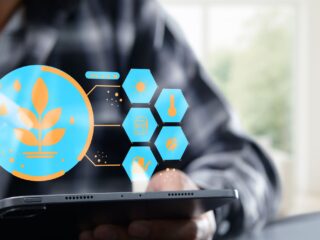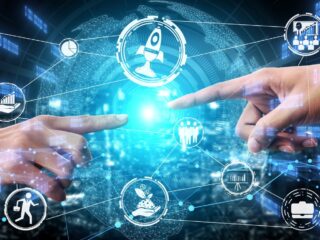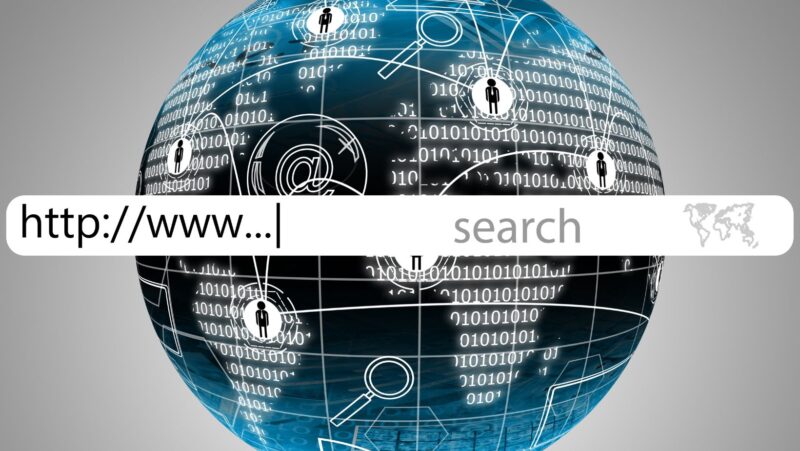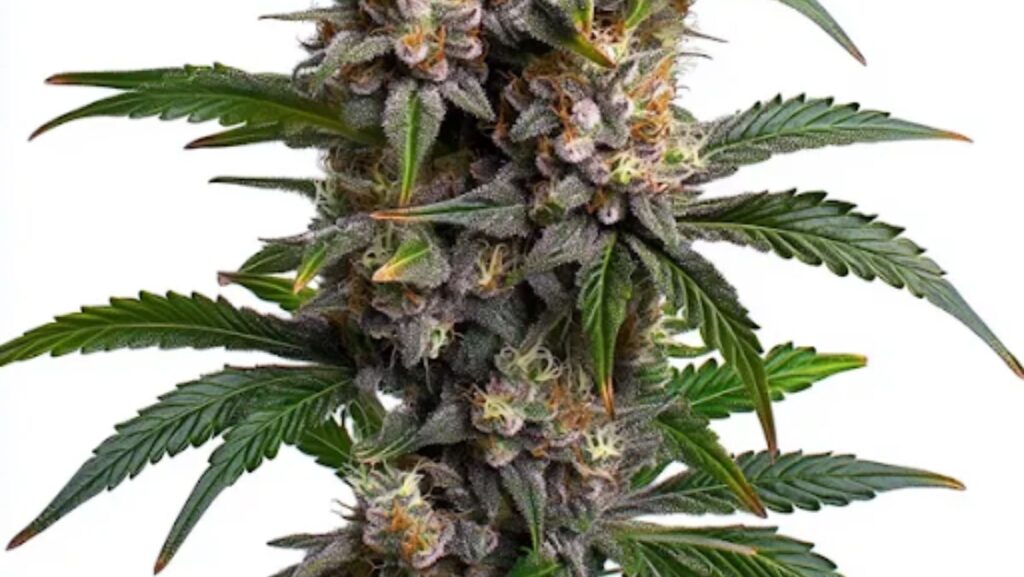
Plant cultivation, whether at home or on a professional scale, has undergone an unprecedented transformation thanks to technological advances. Humidity and temperature sensors, programmable LED lighting, automated irrigation systems, and mobile apps have turned what was once a handcrafted process into a precision experience.
This revolution optimizes resources, improves efficiency, and allows every stage of the grow to be customized based on environmental conditions. Blimburn Seeds joins this evolution by supporting growers who seek adaptable, functional genetics that align with new smart farming methods.
Technology and Cultivation: An Alliance That Redefines Traditional Processes
The incorporation of technology into cultivation has eliminated many of the unpredictable factors that once made consistent results difficult to achieve. Today, it’s possible to control lighting, temperature, humidity, and even ventilation from a smartphone.
This level of precision promotes plant health, reduces margin for error, and saves resources like water and electricity. Growers no longer rely solely on intuition—they now have access to real-time data that supports decision-making based on clear metrics.
In small spaces or unfavorable climates, these innovations offer the opportunity to achieve healthy harvests year-round. From sensors that detect water stress to systems that automatically adjust water pH, technology is opening doors that were once reserved for highly specialized professionals.
LED Lighting as the Foundation of Controlled Growth
One of the biggest shifts in modern cultivation has been the use of full-spectrum LED lighting. These lights consume less energy than traditional lamps and can be programmed to mimic solar cycles, adapting to each stage of plant growth. Light color, intensity, and duration directly influence the plant’s metabolism and its ability to grow in a balanced way.

Advanced lighting enables successful indoor cultivation without relying on natural light, which is especially useful in urban areas or during colder seasons. This independence has allowed thousands of people to start growing at home without needing large spaces or prior knowledge.
Automation to Simplify the Grower’s Work
Automation has changed how growers interact with their plants. Today it’s possible to program irrigation systems, control ventilation, and adjust nutrients with just a few clicks. Some smart platforms even alert users about potential deficiencies and suggest solutions based on machine learning algorithms.
Far from replacing human knowledge, these tools enhance the grower’s abilities and reduce the impact of mistakes. Efficient resource management and reduced manual labor make cultivation more accessible and sustainable for everyone.
Blimburn Seeds: Genetics Designed for Various Growing Environments
Genetic adaptation is just as important as the technology surrounding the plants. Blimburn Seeds responds to this demand with a catalog that covers the diversity of modern growing methods. Some of their strains are developed to perform well in controlled indoor environments, while others thrive in outdoor conditions with direct sunlight. There are also robust options for hydroponic, aeroponic, or automated systems—broadening the range of possibilities for the end user.
The right genetic selection can be the difference between a successful harvest and a frustrating grow. That’s why offering seeds tailored to tech-integrated environments becomes a key piece of the puzzle.
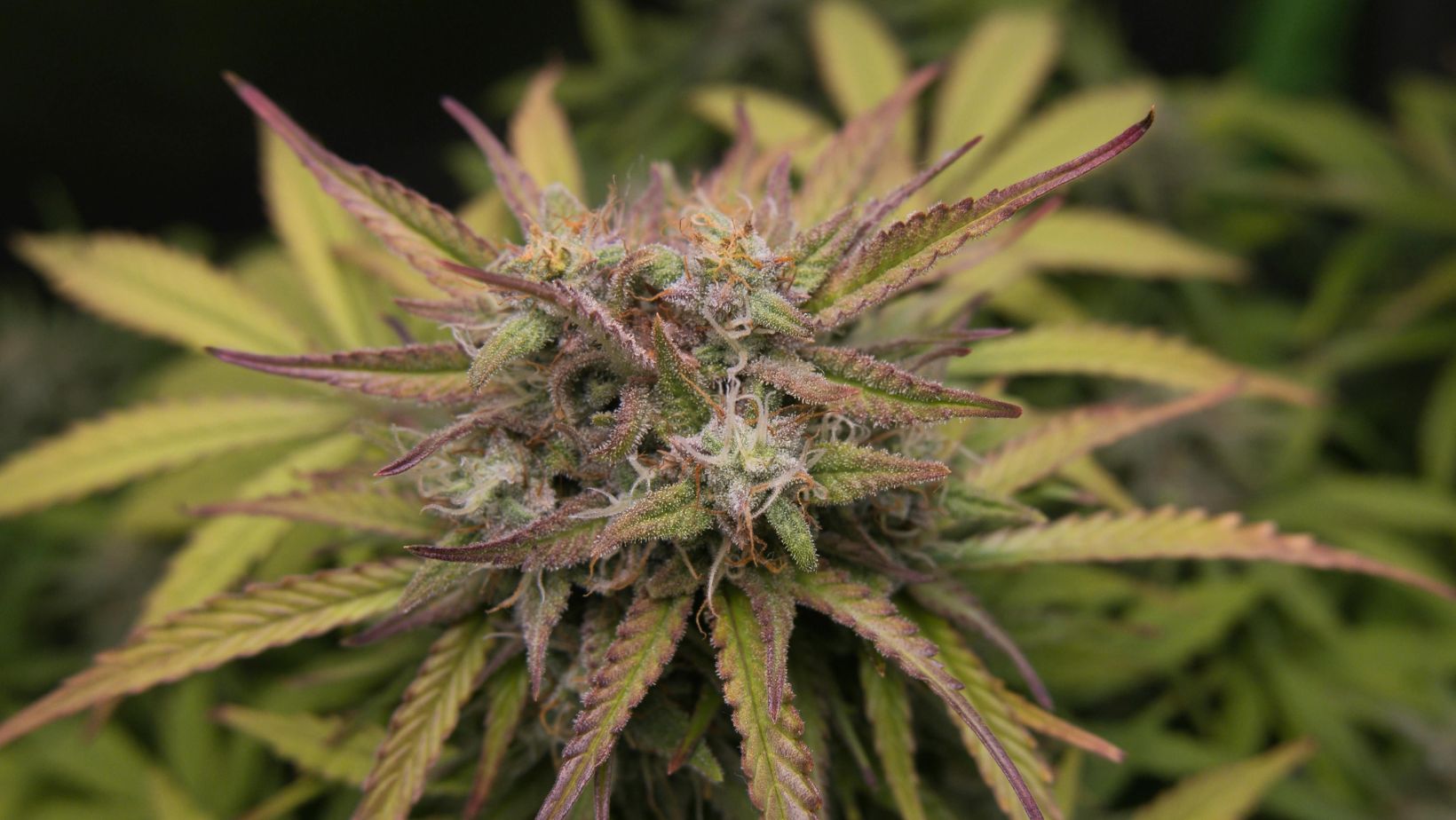
Blimburn incorporates performance, stability, and resistance criteria into its strains to ensure they support modern growers in any scenario.
The Future of Cultivation Is Connected, Personalized, and Sustainable
Smart agriculture is transforming how we grow and how we understand our relationship with plants. Instead of repeating traditional methods, the new generation of growers is opting for a more technical, efficient, and environmentally conscious approach. Access to technology has democratized cultivation, allowing more people to participate without technical or financial barriers.
More and more individuals are combining sensors, data, and specialized genetics to create self-sufficient, sustainable environments tailored to their personal goals. This evolution isn’t a trend—it’s a cultural shift that connects digital innovation with nature.




